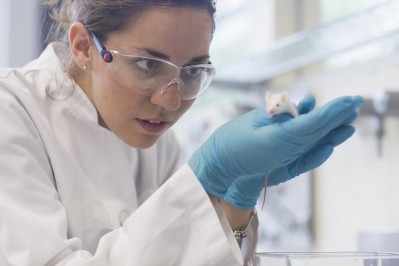BPA above acceptable levels across Europe, EU warns after assessing 11 countries

A recent EEA briefing analysed 11 European countries, finding that in all of them people were exposed to unsafe levels of BPA.
The hazardous polycarbonate plastic has been known to transfer to food and drinks due to its extensive use in food and drink packaging, where the contact between the packaging and the food causes the latter to take on elements of the former.
Alongside this, epoxy resins line drinking water pipes, meaning that BPA gets into drinking water. Even some dental sealants contain BPA.
The health risks
BPA is classed by the EU as a hazardous chemical, and there are a range of health risks posed by it. For example, it is associated with higher risk of reduced fertility, endocrine disruption (which alters how hormones function), eye damage, and allergic skin reactions. But a 2015 study by the European Food Safety Authority (EFSA) presented another risk: it has the potential to damage one’s immune system.
In April, the EFSA suggested that a tolerable daily intake (TDI) of BPA is around 0.2 nanograms per kilogram of body weight per day, following an experiment involving mice that saw BPA affecting cells critical for immune responses even at very low doses. This was a significant reduction from the EFSA’s previous TDI, which was four micrograms per kilogram of body weight per day.
Comparing the new TDI to its own 2015 exposure assessment, the EFSA concluded both the mean and highest levels of exposure were hundreds or thousands of times higher than they should be.
The impact of the new data
However, the EEA’s new brief sheds new light on the situation. The brief contained data collected from human urine, which showed that exposure to the plastic is still too high among many European populations.
This data was collected by HBM4EU, a project running from 2016 to 2022 to explore human interactions with hazardous chemicals. The project analysed the urine of 2,756 adults, collected between 2014 and 2020 across Poland, Czechia, France, Denmark, Iceland, Portugal, Luxembourg, Croatia, Germany, Finland and Switzerland. 92% of participants were overexposed to BPA.
BPA has been replaced by another chemical, Bisphenol S (BPS), in some products (such as, in 2020, thermal paper, which is what receipts are made from). BPS is suspected of having some of the same health risks, such as endocrine disruption, although is yet to be identified as an endocrine disruptor on an EU level.
Using a human biomonitoring guidance value (HBM-GV) to come up with a specific TDI for urine (as the presence of BPA in urine does not have the same meaning as its presence elsewhere in the body), they found that the EFSA’s TDI of 0.2 nanogram per kilogram translated into 11.5 nanograms per litre of urine.
Ninety-two percent of HBM4EU’s results were higher than this TDI, meaning that 92% of the people assessed have a higher than ideal exposure to BPA. Of these, the level of exceedance varied from 71% to 100%.
Regulations of the future
Several regulations have been suggested to deal with this overabundance of exposure to BPA. For example, one proposal to the German authorities would restrict the placing of mixtures and articles on the market if their concentration of BPA or other bisphenols was higher than 10 ppm (0.001% by weight).
BPA would be covered under a proposal to the French and Swedish authorities to restrict 1,000 skin-sensitive chemicals in footwear, clothing and other things that require skin-to-packaging contact.
The European Commission also recently announced its plans to propose a ban on the intentional use of the harmful plastic in products which have direct contact with food.


























